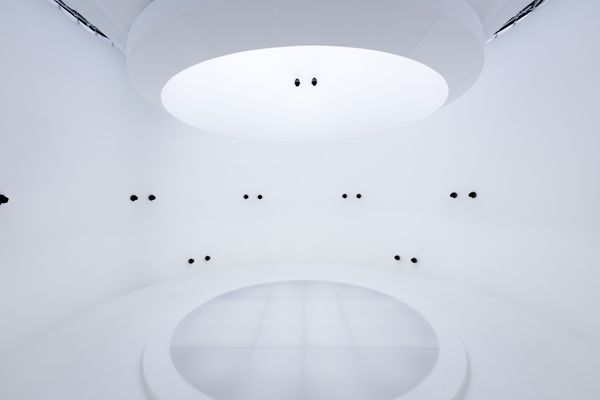In June 2018, the first volumetric video studio on the European continent was officially opened in Potsdam-Babelsberg. The technology behind it comes from the Fraunhofer Heinrich-Hertz-Institut, HHI, the Volucap GmbH is running the studio. Sven Bliedung von der Heide, CEO of Volucap GmbH, gives some insights about the innovative technology, in which fields it is used and the history of the exciting project.
First, could you please tell us a bit about the innovative technology you are using at Volucap and what is behind it?
With the volumetric studio, an incredible coalition of technology providers, researchers, media companies and funders have come together to advance the dream of digital humans.
We created Germany's first Volumetric Studio with the highest resolution worldwide, a unique light system and provide custom volumetric capture solutions. We enable a very simple and absolutely authentic three-dimensional recording of people in motion.
Our methods do not require markers, green screens or motion capture devices, so there are no performance limitations.
Before it comes to such an innovation, there must be the idea. When did it come up and how did you manage to make it possible?
Film productions become more digital and movies leave the screen by means of Mixed Reality. They take place in 3D and spatially walkable within your own four walls.
If we look at this development, we can see that our old wall mounted linear 2D screens have long since been overtaken by the new interactive possibilities.
While many still refer to the cell phone and tablet as the second screen, these have long since become the first screen and are consumed many times over. So it's not surprising that interactive content has caught up with the sales of big Hollywood blockbusters, and consumption and status symbols are no longer based on real objects.
And now, for the first time, we have the opportunity to really liberate the content.
For about two years, there were the first VR headsets suitable for the masses and this year, there will be the first mixed reality headsets for consumers.
This makes it possible to experience content in full three dimensions for the first time.
The creation and consumption of media are in a revolution and the most important factor is and remains the human being!
The fact that 3D worlds have not yet enabled users to meet real people, but only animated avatars, is a critical barrier to the success of future media production.
Volucap is thus an essential component in creating a future-proof ecosystem for immersive productions.
The basis for this technology was developed at HHI over more than 10 years. Without various financings of the base technology, it would not have been possible to find a regional solution that we could initially use for Volucap and with which HHI could collect real production requirements for its further development.
It is not always easy to find investors for a new technology and to translate the idea to reality. How was it for Volucap? Did you receive public funding for the project as well?
We got a GRW funding of two million Euro by the state and federal sources, one million each. And right now, we are working on a mobile solution which is funded via ProFIT. The financing of Volucap was significantly supported by the WFBB and ILB. Thus, we are the first company in the region that was funded as an innovation cluster.
The funds were provided by the federal and state governments, and the shareholders ARRI, Interlake, Studio Babelsberg, the Fraunhofer Institute and I also contributed a share. Thus, with an internationally relatively small initial investment of 3 million euros, a lighthouse could be established, which already now regularly generates international headlines.

